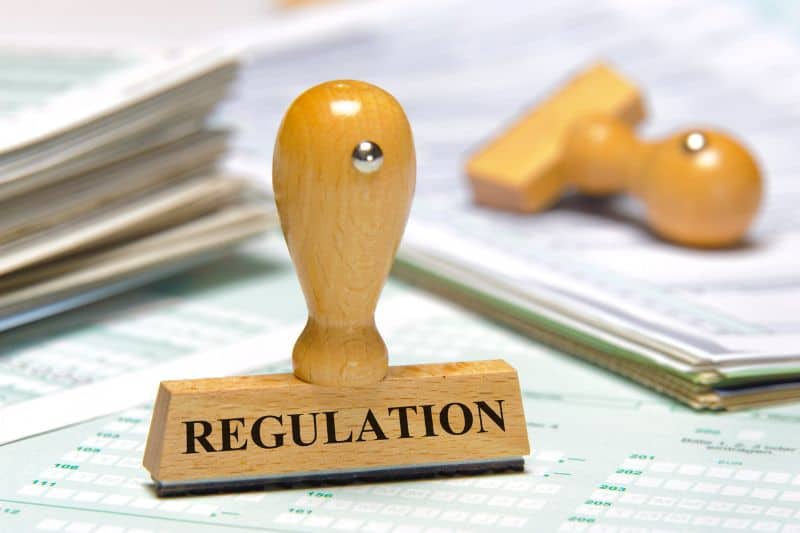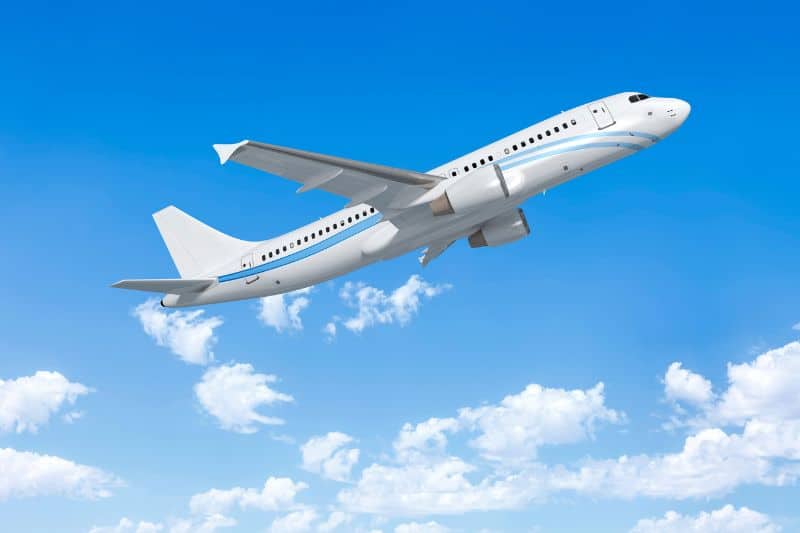Flying is indeed bad for the planet because it contributes to global warming and pollution through its huge carbon footprint.
Airplanes run on kerosene fuel, which releases a large amount of carbon dioxide and other gases into the atmosphere when combusted. Even though aviation is not a large industry, it greatly impacts the climate system and is one of the fastest-growing sources of carbon gases in the atmosphere.
Sure, this industry is essential to any country’s economy through the quick movement of goods within and across borders. Plus, it’s generally efficiency and a great means of transport for anyone interested in saving time.
But then, even with all these benefits and others not mentioned, we still can’t ignore the fact that this industry is causing great harm to our planet day after day. Even worse, there’s little or nothing we can do about it because of how the industry is tremendously growing and the fact that we still don’t have an alternative to kerosene as fuel.
This article examines some of the effects of air travel. It even suggests some of the strategies we can adopt in an effort to minimize its carbon footprint. Read on for more!
Effects of Air Travel on the Environment
Before we dive into the solutions, let’s take a quick look to examine how the air industry is affecting the environment.
Some of the effects include:
1. Emission of Greenhouse Gases
Aircraft engines combust fuel to emit carbon dioxide, water vapor, nitrogen oxides, carbon monoxide, and soot. Nitrogen oxides emitted by aircraft contribute to global warming and are a pollutant in the lower atmosphere, but they also destroy the stratospheric ozone layer at high altitudes.
The same goes for carbon. In fact, the impact of carbons released by airplanes is no small issue, considering that the emissions are released at a higher altitude and faster.
Emissions at higher altitudes are more dangerous because they trigger a series of chemical reactions, and atmospheric effects cover wider areas. It is even recorded that traveling by air has a greater environmental impact per kilometer than other forms of transport, such as driving.
Even as other industries receive significant improvements in emission levels, that of the aviation industry stagnates.
2. Noise Pollution
Noise as a result of the aviation industry can be regarded as debatable, and that’s because it’s short-lived. However, we still can’t ignore that it can be a huge problem for those near airports.
Some of the adverse effects these people face include sleeping disturbances, performance effects, interference with communication, and cardiovascular and psycho-psychological effects.
An aircraft’s noise is the airport operator’s responsibility, and he or she should then ensure proper mechanisms to set, monitor, and ensure noise insulation schemes are in operation.

3. Contrails Leading to Global Warming
Contrails comprise water vapor released by airplanes. This water vapor eventually condenses, forming clouds that prevent heat from escaping Earth, causing what we refer to as global warming.
According to studies, night flights cause global warming more than day flights because contrails help reflect sunlight during the day.
The contrails in the sky condense at higher altitudes and can spread up to two kilometers from where they have been realized. They tend to trap heat that would otherwise be dispensed from the earth, greatly contributing to global warming.
Solutions to Reduce the Impact of Air Travel on the Environment
Although air travel has lots of negative impacts on the environment, there’s still something that can be done to reduce the effects. Here are some of the solutions to help minimize the impact.

1. Setting up of Regulations
As a solution to environmental degradation due to air travel, industry regulation is needed. In 2006, the International Civil Authority (ICAO) proposed the Carbon Offsetting and Reduction Scheme for International Aviation (CORSIA), which gives airline restrictions on carbon emissions. If the limit is exceeded, then airlines will buy offsets from other sectors.
This, however, did not perform as expected, proving the complexity of regulating airlines, therefore leaving the responsibility of regulating the number of carbon emissions to the Kyoto Protocol, whose responsibility is limited to domestic flights.
The issue of regulating the aviation industry should be treated as other transport policies, and its consistency should be maintained to protect the climate. For regulations and policies to occur, international cooperation should be enhanced to achieve efficiency.
2. Use of Technology
To deal with the problem of climate impact caused by the aviation industry, technology can be used in the design and systems of planes to make them more efficient.
A breakthrough in the use of another type of fuel that is greener, like biofuels, hydrogen, solar panels, and batteries, could save the world from the degradation of the environment by aircraft engines running on kerosene.
However, the rate at which this progress is made cannot be compared to the rate at which the number of passengers are buying tickets. Also, the fact that aircraft have to carry their own fuel should be dealt with, and such engineering problems should be looked into and a solution is reached.
3. Carbon Offsetting Programs
Charging the number of greenhouses emitted into the air by aircraft could go a long way in discouraging pollution. Airlines should pay for every ton of greenhouse gases they emit, just like other forms of transportation.
This makes airlines accountable for their pollution and encourages them to emit less because it costs them money.
In addition, the government should also add environmental and social costs. Most airplanes have embraced this and have been developing projects that help offset their carbon footprints.
There is a mechanism that helps calculate the amount of carbon footprint created by a flight, and the money generated in offsetting allows the airplane companies to start projects that protect the environment.

4. Using Alternative Means
One of the most effective ways to reduce the amount of carbon footprint is by flying less often. This means in the case where other forms of transport are available; it is not a must for an individual to fly.
Instead, driving or taking the train to their destination as a preference for most people would mean airlines burn less fuel. Taking holidays that are not so far away could also help reduce greenhouse gas emissions.
5. Use of Computer Programs to Reduce Noise Pollution
As a means of preventing noise pollution from airports to their neighborhoods, computer programs can be used to simulate aircraft operations to identify areas that are prone to such disturbances.
Virtually predicting the extent of noise levels using the International Noise Model can be used to address the issue. The model is widely used to develop aircraft noise footprints for a certain number of aircraft at average weather conditions.
6. Optimization of Flight Routes
In a bid to protect the climate, optimizing flight routes can reduce the negative effects of flying. A flight plan that avoids weather conditions, which results in the creation of clouds, is among the best strategies.
Limiting the formation of clouds aids in releasing Earth’s radiation into space, resulting in a cooling effect. With the proper formulation of routes, climate protection by aircraft can be achieved. Plus, airlines with routes that pollute less can be charged less money for pollution certificates.
7. Invention of Alternative Energy Sources
Unlike other engines, aircraft engines have no other greener alternatives, such as solar or other renewable energy. Technological advancement in the sector might lead to electric planes that emit less and are more fuel-efficient. However, the sector remains negligent in matters of the environment.
For instance, most airline websites mention little about environmental protection or have completely nothing to do with the environment. Also, NGOs that deal with the environment are reluctant on the matter.
Such negligence can be attributed to a huge concentration on profits earned by airlines that have seen the industry continue to grow, irrespective of how bad flying is for the planet.
References:






